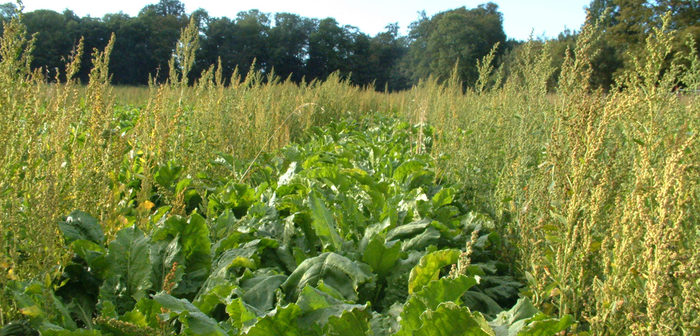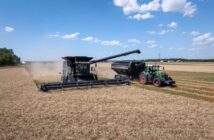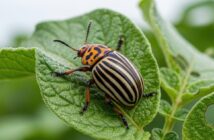Wildlife friendly refuges around the edges of farmers’ crops have been credited with slowing biodiversity declines, however, new research shows their success ultimately depends on what’s growing next to the field.
Recent reported increases in some crop pollinating insects suggested the upturn was due to more UK farms creating these pesticide-free areas.
However, this new study by Rothamsted Research shows conservation areas sited directly adjacent to areas of grassland, or even other conservation measures such as grass margins, end up with a predominance of the wrong type of weeds that, rather than enhance biodiversity, could smother beneficial arable plants.
The authors say their results show that such conservation measures need very careful placement if they are to be successful and not over-run by less beneficial plants, such as grasses.
Dr Helen Metcalfe, who led this new study, said: “The location of these wildlife refuges is key in determining how successful they are in supporting important plant species, which provide food for farmland birds and habitats for pest-eating insects.
“By creating unsprayed strips of land away from sources of problematic weeds, we not only provide a refuge for the beneficial plants we want to protect, but we also reduce the risk of the wrong type of weeds invading the field and becoming a problem for crop production.”
Jointly funded by the Natural Environment Research Council and Biotechnology and Biological Sciences Research Council, this new research answers an age-old question of whether these weedy field edges are mainly populated by seeds coming from within the field or from outside it.
Weeds can spring up in fields either from seeds that persist in the soil ‘seedbank’, or through ‘spill-over’ of seeds from adjacent areas, and its long been recognised that the diversity of weeds is much greater at the field edge than its centre – but what wasn’t known was whether this was mainly because these margins typically receive less pesticides, or if it was due to colonization from nearby natural habitats.
As this new study shows, it’s predominantly the spill-over from the habitat on the other side of these ‘conservation headlands’ that is crucial in determining whether or not they will be a success.
Published in the Journal of Applied Ecology, the findings also show that herbicides are currently providing effective control of the weeds coming into the field from outside but if left unchecked they could become problematic.
The researchers analysed a dataset of almost 300 fields from across the UK’s main crop growing areas, to study the impact of the immediate landscape on the weeds in and around arable fields growing sugar beet, maize and oilseed rape.
They found 181 species of plants ranging from typical arable weeds such as field pansy, shepherd’s purse and fat hen, to perennial species typical of grasslands, like creeping bentgrass and red fescue.
Fields adjacent to grasslands had the greatest number of problematic weed species at their edges, whilst fields adjacent to bare ground had very low numbers of species.
“Creating conservation headlands at the edges of fields near built up areas or water courses where there are few problem weeds nearby, would reduce the spill over of these weeds from adjacent habitats and give the beneficial seeds already in the field the best chance to grow,” said Dr Metcalfe.
Conservation headlands were first developed in the 1980s and comprise a strip anywhere from 6-24 metres wide along the margin of a field in which pesticides are used selectively.
If the crop is left unfertilised and free from herbicides and pesticides, they can provide a habitat for typically weedy plants which support bees, beetles and other beneficial insects.
In turn, these provide food for important farmland bird species including the grey partridge, corn bunting and yellowhammer.




